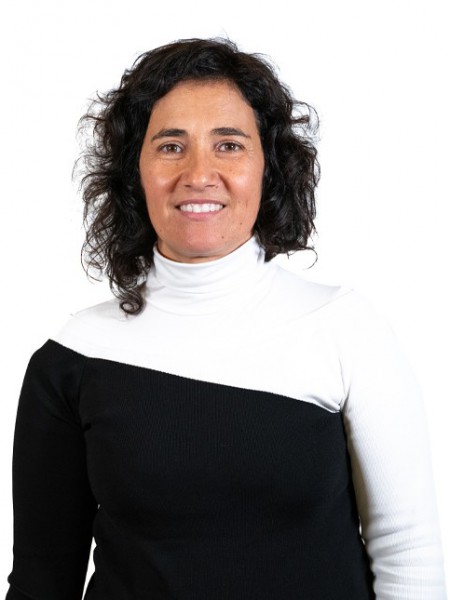abstract
The incorporation of carbon-based nanomaterials into biopolymer matrix, to provide mechanical reinforcement and to obtain electrically conductive bionanocomposites, requires the homogeneous dispersion of the fillers. Herein, it is investigated the influence of surfactant structures on the dispersibility of multiwalled carbon nanotubes (MWNT) within starch matrix. Three different ionic surfactants, sodium dodecyl sulphate (SDS), cetyltrimethylammonium bromide (CTAB) and sodium cholate (SC), are employed to disperse the MWNT. Films with MWNT-SC show better dispersibility and an increase of about 75% of tensile strength and 60% of Young's modulus compared with films using MWNT-SDS and MWNT-CTAB. Nevertheless, MWNT functionalized with CTAB impart the highest values of antioxidant activity (scavenging activity around 30% in 1.5 h) and electrical conductivity (sigma =14.75 S/m) to starch matrix. The properties of starch-based films can be tailored according to the physical adsorption of each surfactant on MWNT surface and/or the interfacial interaction of the surfactant with starch chains.
keywords
NONCOVALENT FUNCTIONALIZATION; THERMOPLASTIC STARCH; PHYSICAL-PROPERTIES; PLASTICIZED STARCH; THERMAL-PROPERTIES; COMPOSITES; POTATO; WATER; NANOCOMPOSITES; BEHAVIOR
subject category
Chemistry, Applied; Chemistry, Organic; Polymer Science
authors
Alves, Z; Abreu, B; Ferreira, NM; Marques, EF; Nunes, C; Ferreira, P
our authors
Groups
G2 - Photonic, Electronic and Magnetic Materials
G4 - Renewable Materials and Circular Economy
Projects
CICECO - Aveiro Institute of Materials (UIDB/50011/2020)
CICECO - Aveiro Institute of Materials (UIDP/50011/2020)
Projeto de Investigação Exploratória: Paula Ferreira (IF_Paula Ferreira)
Embalagens em biocompósitos para preservação ativa de alimentos (BIOFOODPACK)
Collaboratory for Emerging Technologies, CoLab (EMERGING TECHNOLOGIES)
acknowledgements
This work was developed within the scope of the project CICECO-Aveiro Institute of Materials, UIDB/50011/2020 & UIDP/50011/2020 and i3N UIDB/50025/2020 & UIDP/50025/2020, financed by national funds through the Portuguese Foundation for Science and Technology/MCTES. ZA, CN and PF thank FCT for the grants (PD/BD/117457/2016, SFRH/BPD/100627/2014 and IF/00300/2015, respectively) . FCT is also acknowledged for financial support through project UIDB/00081/2020 and PhD grant PD/BD/128129/2016. This work was also sup-ported by BIOFOODPACK project (M-ERA.NET2/0021/2016) and by national funds (OE) , through FCT - Fundacao para a Ciencia e a Tec-nologia, I.P., in the scope of the framework contract foreseen in the numbers 4, 5 and 6 of the article 23, of the Decree-Law 57/2016, of August 29, changed by Law 57/2017, of July 19. The authors thank Antonio Fernandes for his technical assistance on Raman measurements.



